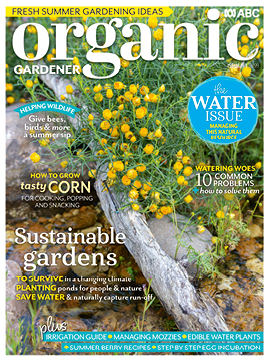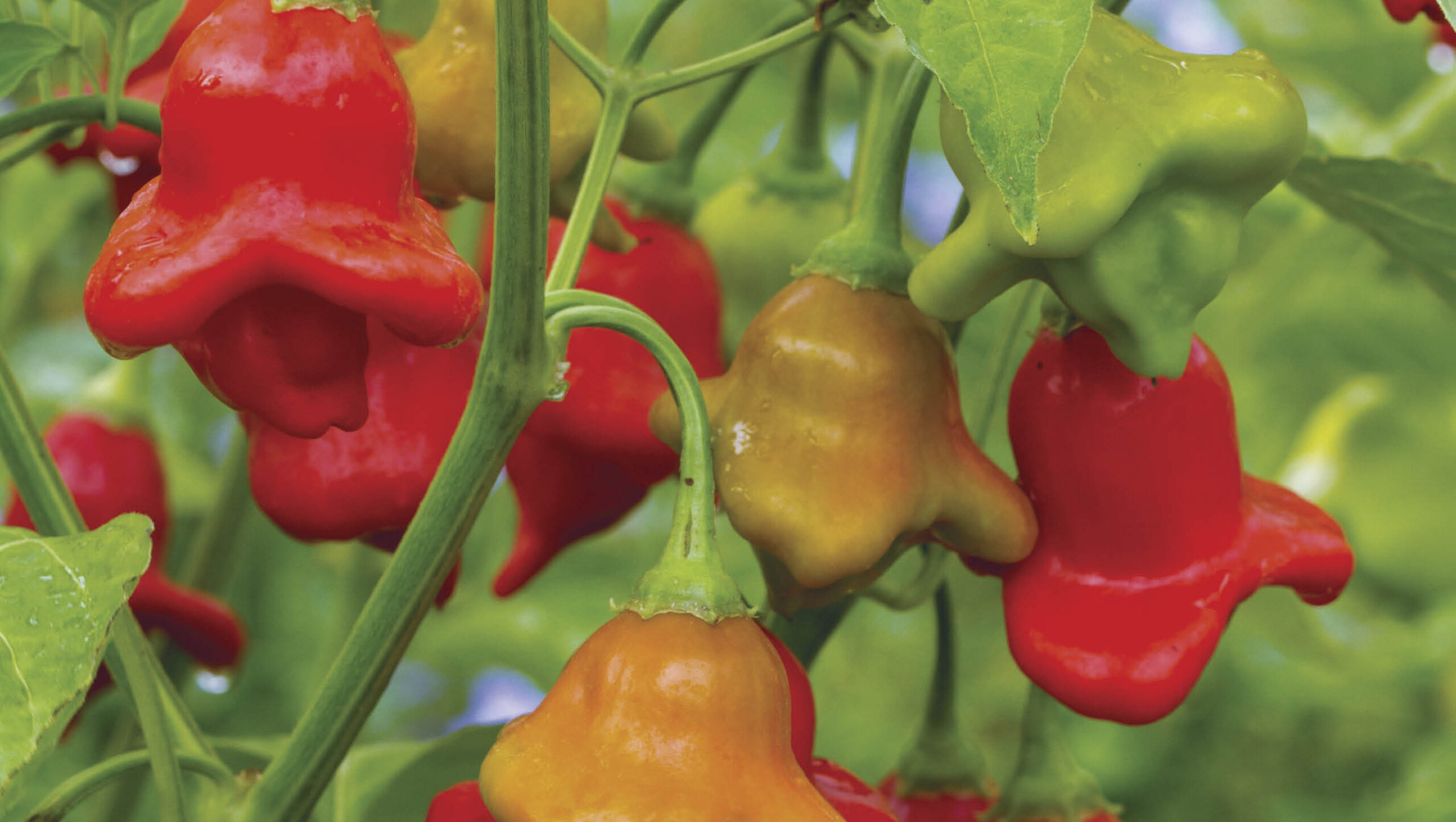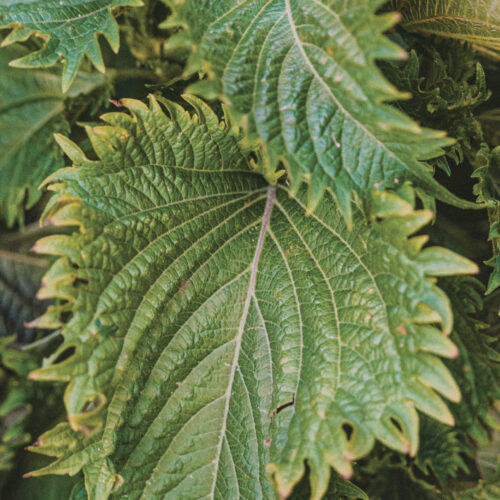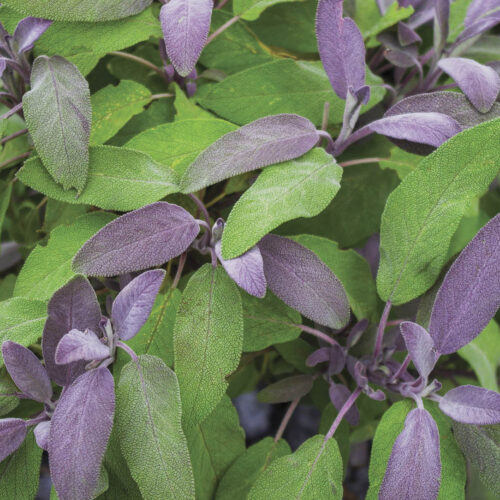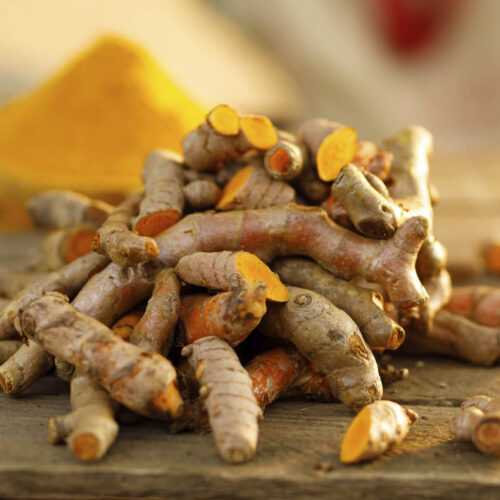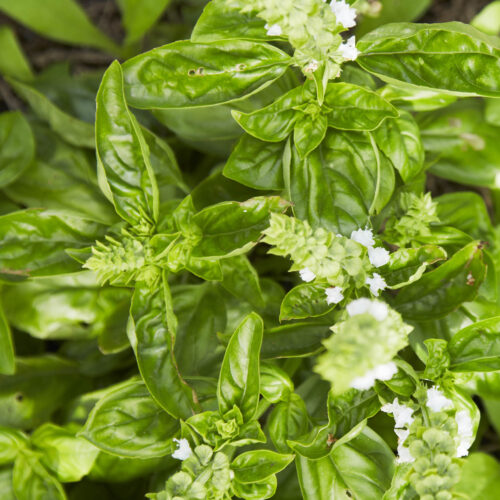Add spice with chillies
2025-12-02T13:43:58+11:00
Growing your own chillies, means you can take your pick from the hot to the mild. Here’s how to get started.
Most varieties of chillies and capsicum are surprisingly tough, compact and easy to grow – although a bit more difficult in humid climates. They even thrive in small pots, and in scorching weather conditions, making them ideal for every Australian backyard vegie patch. If you haven’t tried growing them before, it’s time to add some spice to your life!
Planting tips
While chilli is easy to grow from seed, it can take some time for seeds to germinate (they require temperatures above 18°C to sprout), and then another three months to raise your tiny seedling into a fruit-producing plant.
To speed things up, you may want to purchase nursery-grown seedlings in your first season – and then practise the technique of ‘overwintering’ (see below), which will save you the hassle of replanting next season.
Being a heat-loving crop, start your seeds early in cooler areas (late-winter to spring) to maximise the growing season. Alternatively, purchase established seedlings in spring and early summer, which will give you a significant head start. In warmer areas, you have much more time to get started, and can sow seeds from August to January.
Chilli and capsicum flowers are self-fertile, so you will only need one plant to produce fruit.
Location and pot culture
Most varieties of chillies and capsicum adore the heat, so find the sunniest spot in your garden and plant there. If your yard is shady, try varieties of Capsicum pubescens, which make a wonderful understorey plant in your food forest, and will thrive in those dark spots along fences for many years.
If you want to save yourself some effort, I recommend growing peppers in pots and grow bags. Planting in pots warms the roots of the plants leading to an earlier harvest. It also allows you to relocate them around your yard to ‘chase the sun’, and to easily overwinter them.
Chillies have shallow roots and can thrive in surprisingly small pots. Smaller varieties, such as Jalapeno and Lemon Drop, can be grown in pots 25cm in diameter, while larger varieties, such as Bishop’s Crown or long-lived C. pubescens, which grow into tall bushes, will need much larger pots of 40cm. If planting in the ground, allow at least 30cm between plants.

Overwintering
There’s a misconception that in cool climates, chillies are annuals and need to be replanted yearly. In reality, they are short-lived perennials and with a bit of care, you can get many harvests out of one plant – our longest lived chilli lasted for around eight years!
Overwintering is not only a great way to save the effort of replanting from seed, but it can give you a much earlier harvest. Peppers are notoriously slow producers in their first year, and often leave you waiting until late summer for ripe fruit. On the other hand, overwintered plants will produce a harvest many months earlier.
Peppers are frost-sensitive, and if left out in the soggy soil, they can succumb to the cold. Overwintering is as simple as giving plants some protection over winter. If your plants are already in pots, relocate them somewhere dry and sheltered – that unused strip under the eaves of your house is particularly useful, under a porch, or in a greenhouse if you have one. If your chillies are in the ground, it’s worthwhile digging them up and moving them to a pot to free up valuable winter bed space. Give your plant a heavy prune back by around 50 per cent to help it conserve energy.
In late winter, you will need to top up the soil with extra potting mix and nutrients, or repot if it has overgrown its pot. In no time, you will see the shoots of new green leaves emerging, and your first harvest is just around the corner.
Harvest and uses
Both chillies and capsicum are ready for harvest once fruit reaches the desired size, even if still green. Frequent harvesting will encourage the plant to produce more fruit. If you prefer a milder chilli, harvest while green and remove the seeds and white membranes inside, which are the hottest parts. Be careful to use gloves when preparing or you may feel the burn for days to come! Fruit can take a long time to develop its colour but becomes hotter and richer in flavour once ripe.
Both chillies and capsicums can be eaten raw or cooked. For a mellow taste, chillies are delicious pickled in vinegar or lacto-fermented, and enjoyed with your favourite Mexican dish. They can also be dehydrated and crushed into flakes or powder for year-round use. For those that like it hot, make a hot sauce to spice up your meals, or cook whole chillies on the barbecue and in stews such as the eponymous ‘chilli con carne’.
Capsicum makes a tasty addition to salads, pasta sauces, soups and stir-fries, while the larger varieties are wonderful stuffed and baked.
Jian writes on a regular basis for OG, contributing ideas and tips she has gathered while turning her inner-city urban backyard into a food forest. Subscribe to the magazine here to get her organic expertise delivered to your door.
